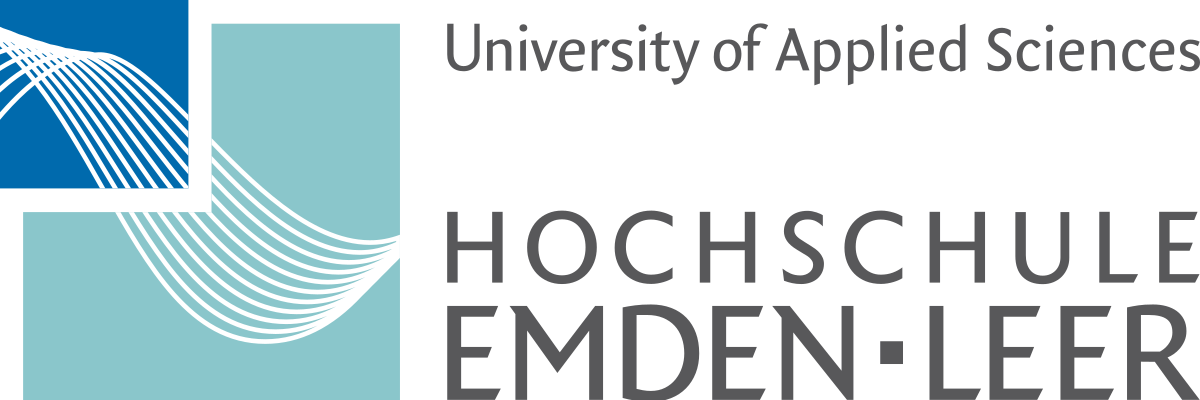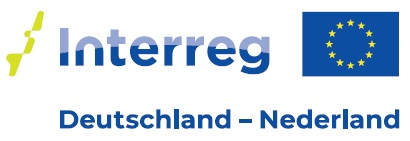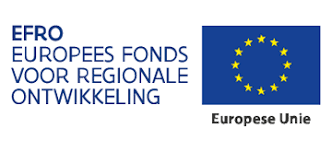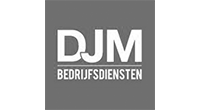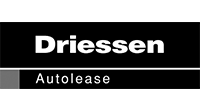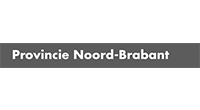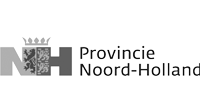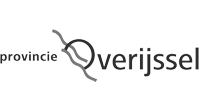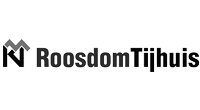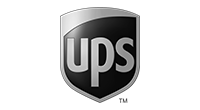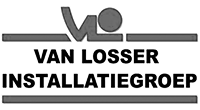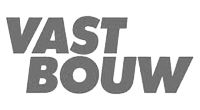Goal of HyperBridge
HyperBRIDGE strengthens the hyperloop ecosystem in the German-Dutch border region by encouraging SMEs to innovate. Through easy access to test facilities such as EHC and goTube, they develop hyperloop technologies with applications in automotive, rail, aviation, and infrastructure, among others. The project promotes knowledge sharing, cross-border cooperation, and valorization, and contributes to future-proof mobility and economic growth in the region.

The HyperBRIDGE consortium consists of SMEs and educational and research institutions, focusing on four areas of innovation: Structural Health Monitoring, communication standards for pod-to-pod connectivity, an operational control system for hyperloop prototypes, and interactive digital twins for training and maintenance. In addition, a serious game and a digital knowledge hub are being developed to stimulate collaboration and knowledge sharing.
At least 20 SMEs will be actively involved, with at least six participating in follow-up projects. Entrepreneurs, students and technicians will be mobilised through hackathons, innovation workshops and training courses. HyperBRIDGE is in line with the growing political and social support for hyperloop, as enshrined in the German coalition agreement and the Dutch Mobility Vision, and is linked to European initiatives such as the Hyperloop Development Program and Hyper4Rail.
In the long term, HyperBRIDGE will form a sustainable innovation cluster for cross-border mobility and economic growth.
Project approach
- Project management ensures successful project implementation by focusing on quality, planning, and cost control. It encourages cross-border cooperation and ensures that structures and partnerships remain in place after completion, as a basis for future innovation and sustainable development within the hyperloop ecosystem.
- WP1 (work package 1) develops and tests advanced infrastructure solutions for Hyperloop, such as structural health monitoring, noise emission control, and vibration damping. By integrating sensor networks, AI analysis, and digital twins, WP1 increases reliability and offers valuable applications for other sectors and cross-border collaboration.
- WP2 (with V-tron as the main shareholder) develops communication standards for pod-to-pod communication within Hyperloop, tailored to existing modalities. The cross-border collaboration between goTube (Institute for Hyperloop Technology, Emden) and EHC (European Hyperloop Centre, Veendam) forms the basis for a European network. This increases the safety, interoperability and competitiveness of Hyperloop technology.
- WP3 physically integrates WP1 and WP2 into the EHC and goTube test tracks. It develops uniform operational standards and protocols, harmonizes European testing approaches, and enables virtual testing for SMEs. This accelerates large-scale Hyperloop development.
- WP4 stimulates innovation by involving more than 20 SMEs in the development of hyperloop components and digital applications. Use cases include AI, IoT, VR, and AR. In addition, WP4 focuses on education and training technicians and entrepreneurs.
- WP5 (PR & Communication) increases the impact of HyperBRIDGE by actively communicating results from WP1–WP4 through various formats. It develops an online platform as a sustainable knowledge hub, stimulates stakeholder dialogue, and strengthens awareness, collaboration, and long-term involvement in hyperloop innovation.
Contact V-tron:
Expected results:
- Structural Health Monitoring System for hyperloop infrastructure;
- Applications for reducing vibrations and noise;
- Communication standards for pod-to-pod communication that connect to existing modalities such as autonomous transport;
- An integrated operating system for hyperloop prototypes that is tested both physically and digitally at goTube and EHC;
- Immersive Interactive Digital Twins (IIDTs) for training, prototyping, and concept development;
- A serious gaming tool for exploring and simulating new revenue models and value chains;
- A digital knowledge and community hub to strengthen knowledge sharing, awareness and stakeholder engagement in a sustainable manner.
- Active spillover to other sectors by involving SMEs in the development of hyperloop components and systems.
Hyperloop is a new, sustainable and efficient transport system in which passengers and goods are transported at high speed through low-pressure tubes using magnetic propulsion. The technology combines existing innovations from aviation, rail, automotive and high-tech with advanced materials, sensors, vacuum technology and electric propulsion systems. The first commercial applications are expected around 2030.
With HyperBRIDGE, the border region is laying the foundations for a lasting ecosystem in which technology, education, entrepreneurship and infrastructure come together to create sustainable mobility for the future.
Milestones WP2 / V-tron
Within HyperBRIDGE, V-tron’s experience, skills and expertise will be utilised in work package 2 (WP2). WP 2 involves developing communication standards for pod-to-pod communication within Hyperloop, tailored to existing modalities. The cross-border collaboration between goTube and EHC (see photo) forms the basis for a European network. This increases the safety, interoperability and competitiveness of Hyperloop.
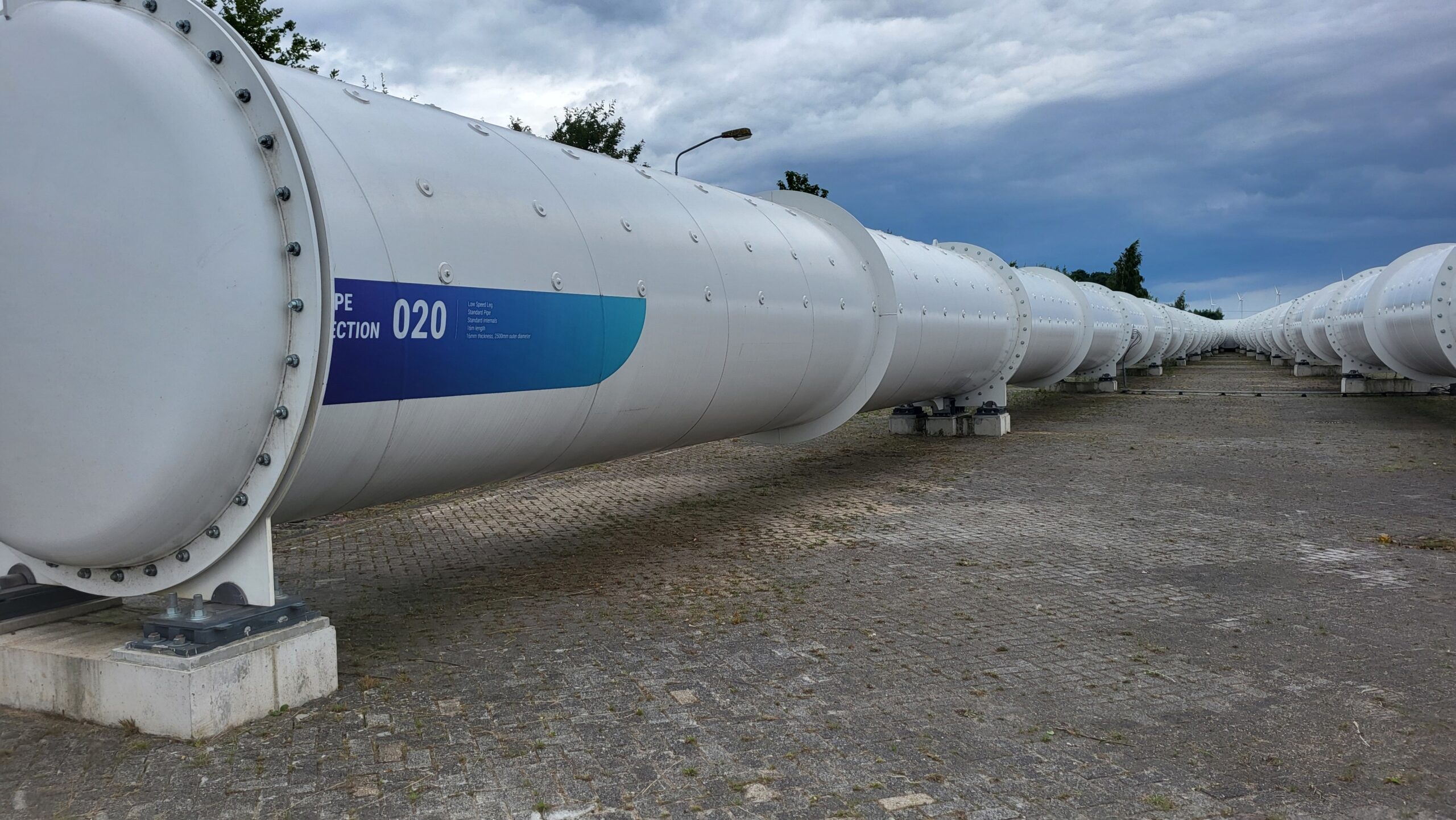
- Use case and definition: description of use case, basic definition of information flow for secure and efficient pod-to-pod communication.
- Gap analysis: analysis of gaps alongside the requirements for high-speed trains.
- Requirements and architecture
- Standards: and the drafting of hyperloop communication requirements.
- Blueprint: for test tracks on GoTube and EHC
- V2X: Vehicle-to-X communication in hyperloop systems.
- Spillover and business development: established networks with network organisations and companies for spillover management
- Events: two events on pod-to-pod communication and its use in other sectors





